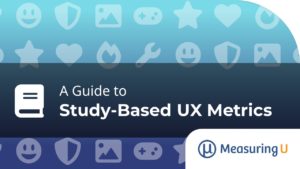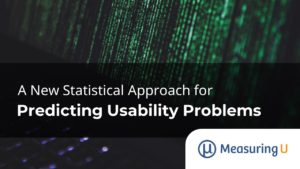
48 UX Metrics, Methods, & Measurement Articles from 2022
All of us at MeasuringU® wish you a Happy New Year! In 2022, we posted 48 articles and welcomed several new clients to our MUIQ® UX testing platform, where we continue to add new features and reduce the friction in developing studies and analyzing results. We hosted our ninth UX Measurement Bootcamp—this time a blended








